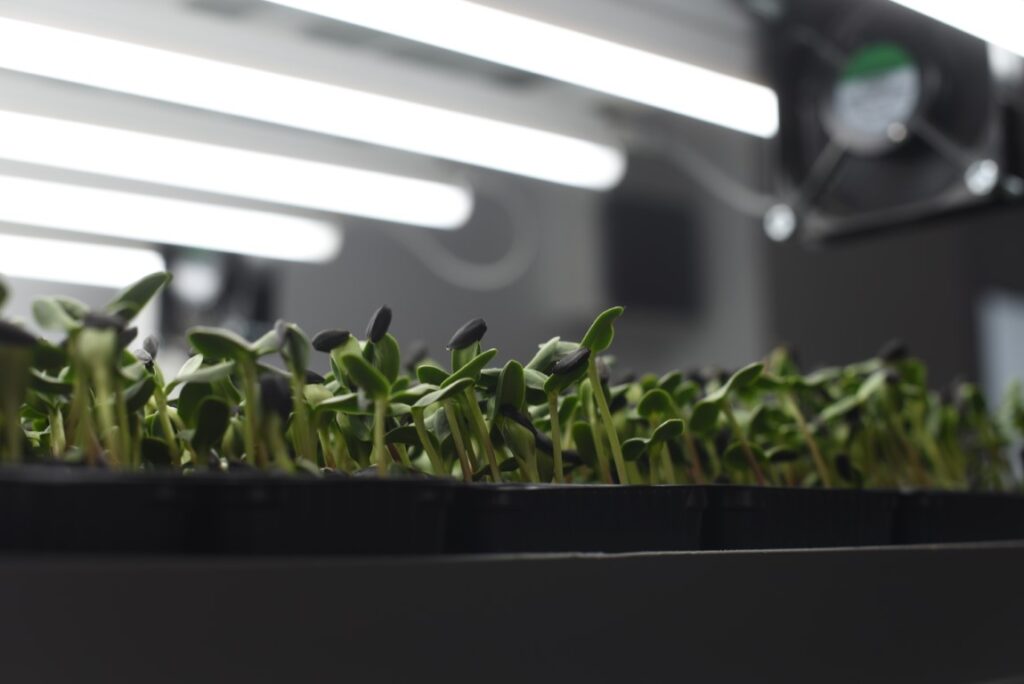With the passage of time, perpetual development occurs in several areas. It is also the case of agriculture because it is an activity carried out since the evolution of the whole world.
Traditional farming today
Passing through several stages, classic agriculture begins to cease to be extremely profitable for several reasons. The first reason is represented by the annual climate change that directly and negatively affects both plant development and the profitability of this action.
The negative effects of classical agriculture
Soil farming has caused countless environmental damages due to the use of pesticides and chemicals. Among the most important are water pollution, soil degradation, and the occurrence of the greenhouse effect. After several attempts to remedy the inconveniences, it was concluded that hydroponic productions are much more sustainable and the future of this food industry.
How is the hydroponic industry different?
The hydroponic industry goes hand in hand with vertical farming, which can be easily practiced indoors and has countless advantages. They refer primarily to the halving of the materials used for the purpose of production. These include the reduction of energy and water consumption, the quality of the substrate on which it is produced, and the transport/storage of sustainable and environmentally friendly crop products.
When we talk about hydroponic production, we must know that it can be produced through several systems. After the analysis, it was concluded that the flooding and drainage system is the easiest to use, especially in the production of microgreens.
LED lighting system
The lighting system used for indoor hydroponic production is innovative, and based on LED lights. These lights are specially designed and designed to facilitate the growth of leafy plants, especially micro plants in our case. The biggest advantage of using energy is given by the fact that thanks to innovations in the field, we can use renewable sources that do not affect the environment. Thanks to these LED lights, agricultural production can be closely controlled, and growing time can be halved compared to the use of natural light used in classical agriculture.
Reduced water consumption for microgreens growth
Water consumption and use of pesticides/fertilizers. Thanks to the innovation, in the case of hydroponic production, water consumption is relatively low because evaporation is avoided as much as possible. In the case of indoor agriculture, the water, along with the natural solutions used, are recirculated through the unit and then reused. In order for the production of leafy plants to take place favorably and without affecting the environment, no pesticides are used. They are needed more in crops that require soil to combat the emergence of pests. Also, the fertilizers used cannot cause damage to the environment, because they are natural and do not come into contact with the external environment.
Micro plants grow without soil
The substrate in which it is produced is one of inert time, jute, or coconut fibre. With its help, the plants are not influenced in any way at all, it only has the contribution of supporting the roots, and keeping a clean environment. A plus of using this inert substrate is the direct consumption of the micro-plants without the need to wash them
Hydroponic agriculture in the urban environment
Most of the hydroponic activities on the basis of which the microgreens are developed are carried out in the urban environment, which facilitates the transport of the perishable product. The fastest possible transport from the production unit to the customer guarantees our quality and the preservation of beneficial nutrients in optimal conditions.
Advantages of indoor hydroponic production
- The production throughout the year
- No soil is used, only inert substrate that is friendly to the environment
- Small amounts of water
- No pesticides and fertilizers with toxic compounds
- Relatively small production spaces.
- The production environment is constantly very well controlled.


